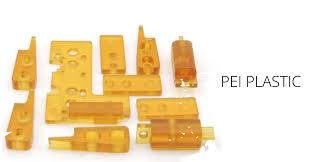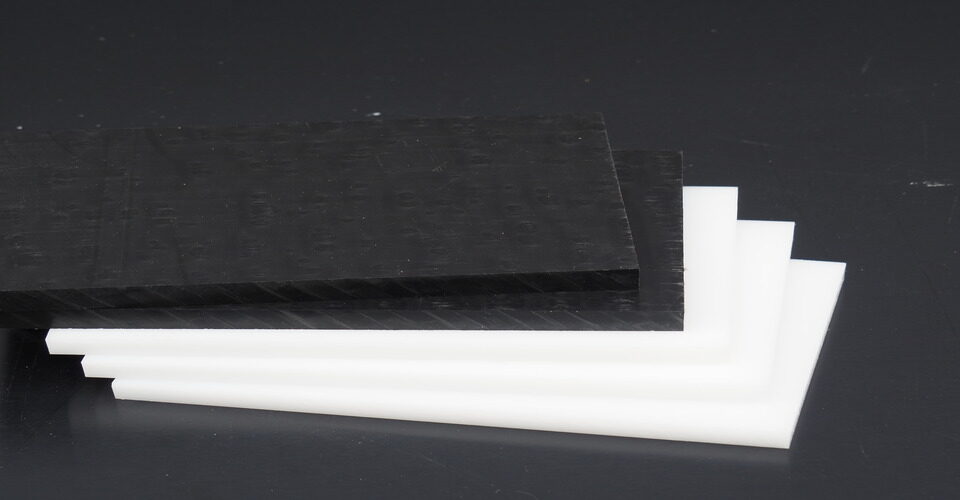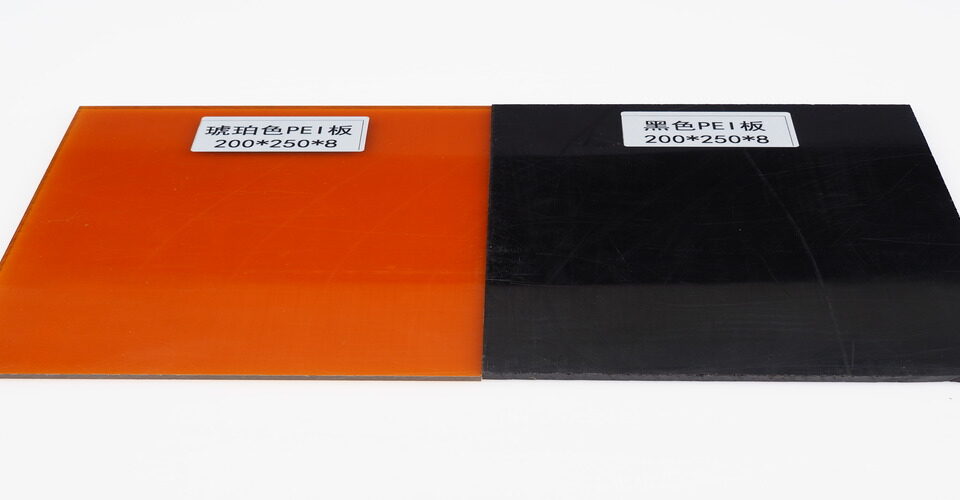
What is the Difference Between PMMA and Acrylic?
October 7, 2024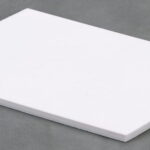
What is the Difference Between UHMW and UHMWPE?
October 8, 2024Introduction to PEI Plastic
Polyetherimide (PEI) is a high-performance thermoplastic known for its exceptional strength and stability. It is widely used in demanding applications across various industries.
Chemical Structure
Composition
PEI is composed of repeating units that include both ether and imide functional groups. This unique structure contributes to its thermal stability and mechanical properties.
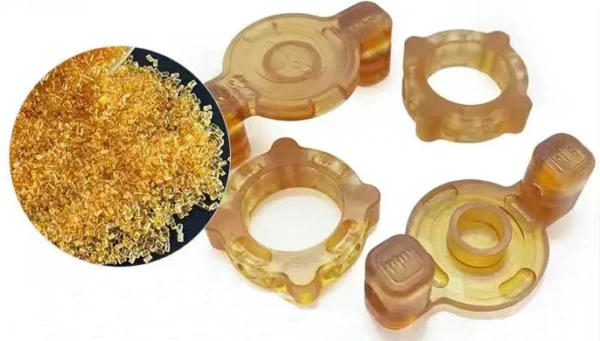
Properties
The chemical structure of PEI provides it with high heat resistance, dimensional stability, and excellent mechanical strength, making it suitable for challenging environments.
Characteristics of PEI Plastic
Thermal Resistance
PEI can withstand temperatures up to 200°C (392°F) without significant degradation. This makes it ideal for applications requiring thermal stability.
Chemical Resistance
PEI exhibits good resistance to various chemicals, including oils and solvents, which enhances its usability in industrial settings.
Electrical Insulation
With excellent dielectric properties, PEI is often used in electrical and electronic applications where insulation is crucial.
Applications of PEI Plastic
Aerospace Industry
PEI is used in aerospace components due to its lightweight nature and ability to withstand extreme conditions.
Medical Devices
Its biocompatibility and sterilization capabilities make PEI a preferred choice for medical applications, including surgical instruments and implants.
Automotive Components
PEI is also utilized in automotive parts that require high strength and thermal resistance, contributing to vehicle efficiency and performance.
Conclusion
In summary, PEI plastic is a versatile, high-performance thermoplastic with a range of applications due to its outstanding thermal and chemical resistance. Its unique properties make it an essential material in various advanced industries.


